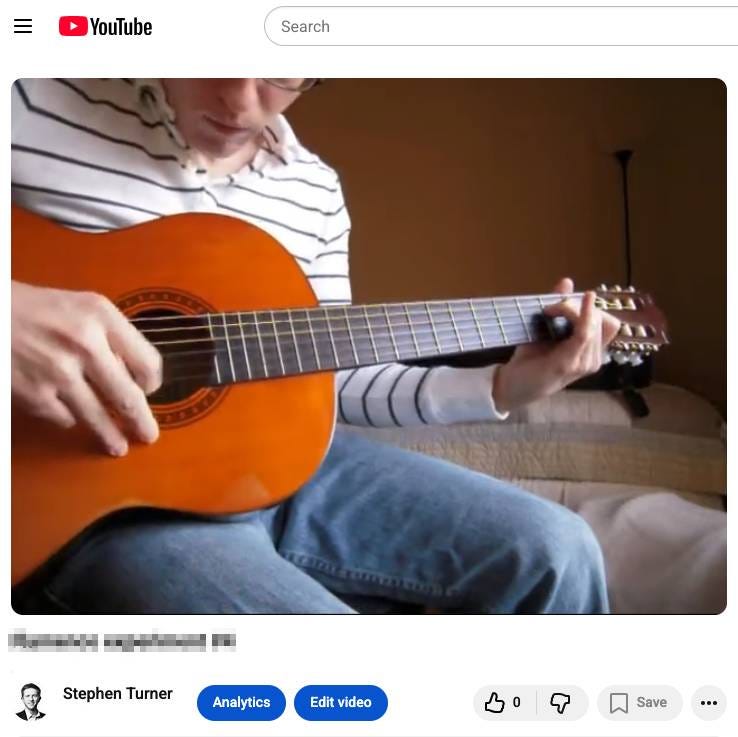The York Brothers, George and Leslie “Les” York, grew up in a musical family in Lawrence County, Kentucky. From an early age, they learned to play guitar and harmonize and began performing locally. George left school after the eighth grade and briefly worked in the coal mines. Even while mining, he continued to play music on the side.
Rogue Scholar Gönderileri
Shadow libraries, that is, illegal massive repositories of books of all kinds, are of course prone to takedowns by police and disappearance from the internet. In recent days, one of the most prominent shadow libraries, Library Genesis (libgen), was taken down and its archive removed from public consumption. The takedown of LibGen was no massive shock. Indeed, several projects were already continuing LibGen’s legacy.

2025 is gone, bringing with it another opportunity to share some highlights from a warehouse worker’s swing at studying our living history a sheaf of genome graphs and shelves full of protein-forms at a time.
This year marks 10 years since development of Citation.js started! Horvathiolus superbus , observed November 18th, 2025, Colares, Portugal.

Micro-reviews of the first 12 books I read in 2025 My annual round-up of the books I read in 2025 was pre-empted by a request from Research Professional News (RPN) to write 250 words on my favourite reads of the past year.

On finding joy in slow, imperfect code in an age of copilots, agents, and chatbots. 1.2k words, 5 min reading time.
Three weeks ago, I wrote a the post Rescuing Scholia: will we make it in time?, where I sketched a future without Scholia. Scholia, started almost 10 years ago and I think it is worth keeping around longer.

There’s an old parable about a drunk searching for his keys under a streetlamp. A passerby stops to help, and after some fruitless searching asks, “Are you sure you lost them here?” The drunk replies, “No, I lost them in the alley. But the light’s better here.” I think about this story a lot when I read AI predictions.
Appalachian History If you stand in Vardy Valley on a foggy morning, the mountains almost fold in on you. Newman’s Ridge rises to the south, Powell Mountain to the north, and the narrow strip of bottomland along Blackwater Creek feels like its own small world. For more than two centuries, outsiders have looked into that world and tried to give a name to the people who lived there.
Appalachian Figures Series – On a Nashville night in 1948 a young woman from Perry County, Kentucky tagged along to the wrestling matches at the old Hippodrome Arena. She was not a fan. Her sister sewed jackets for the wrestlers and had talked her into going. During the women’s bout one of the wrestlers, Dot Dotson, took a spill out of the ring and landed squarely in the visitor’s lap.
Appalachian History On a map, the Cumberland Gap Tunnel looks simple enough, just a short segment of divided highway where U S 25E disappears under Cumberland Mountain and reappears on the other side. On the ground, it is something stranger.